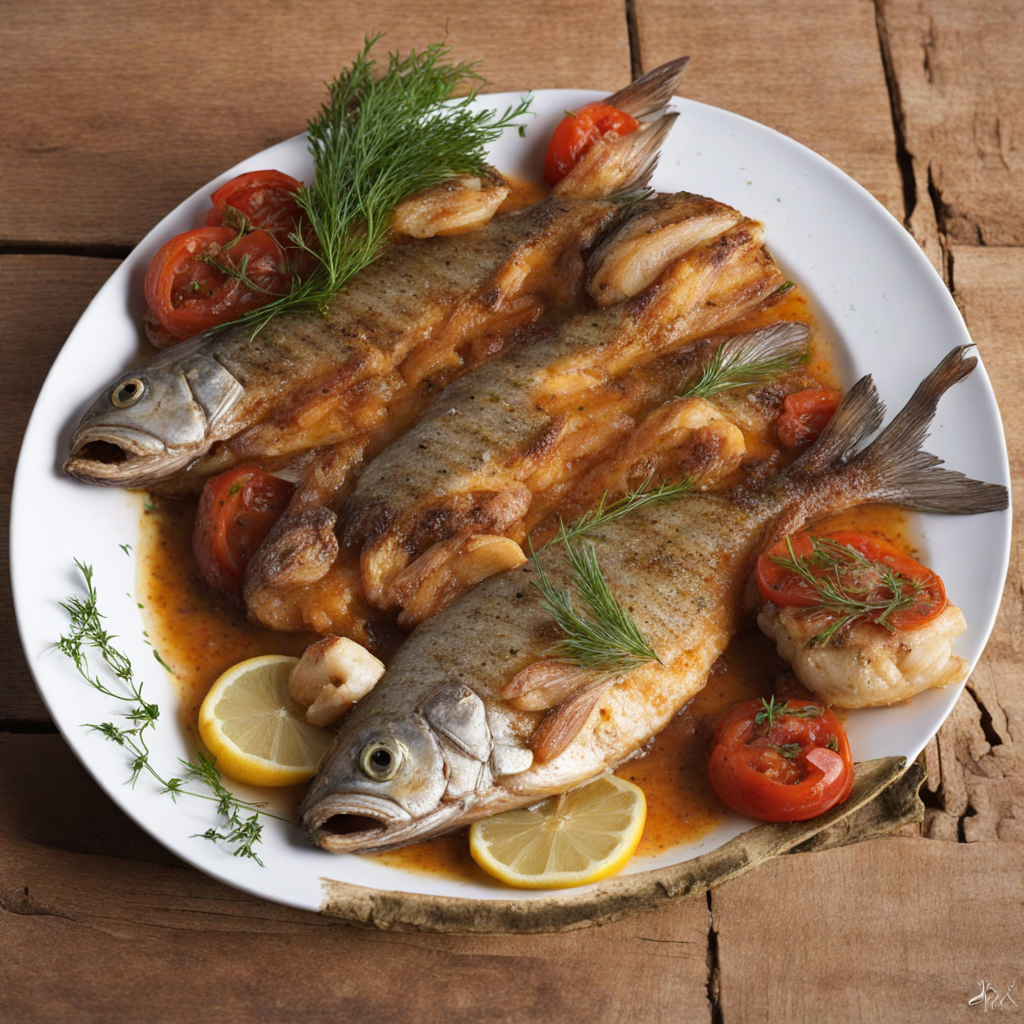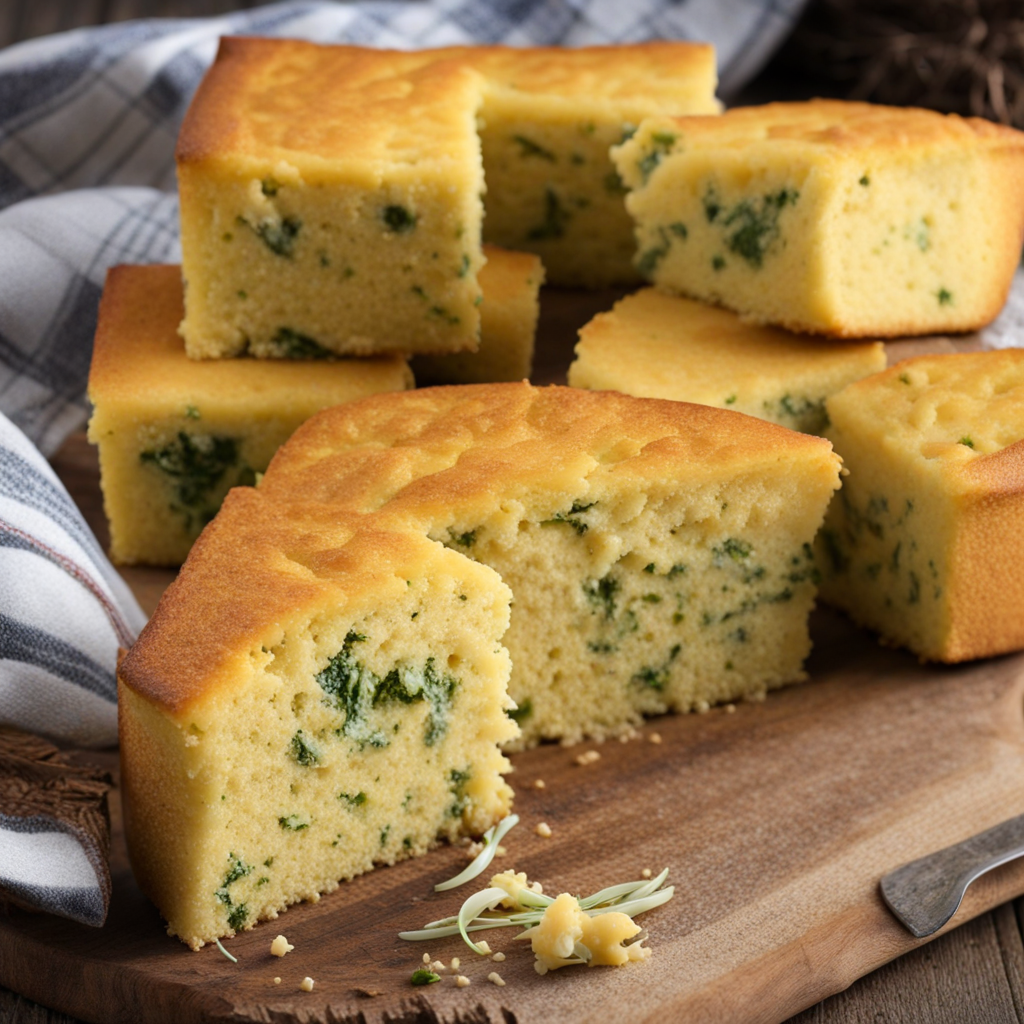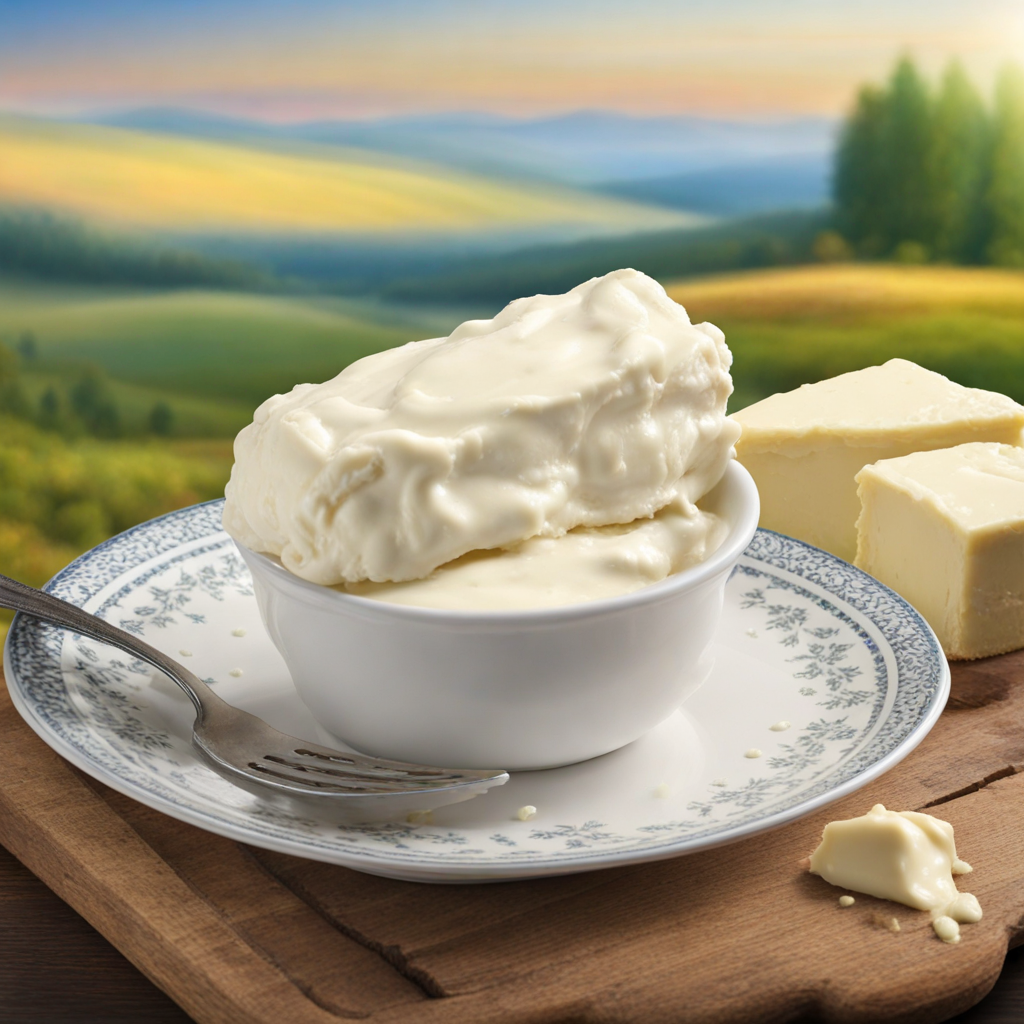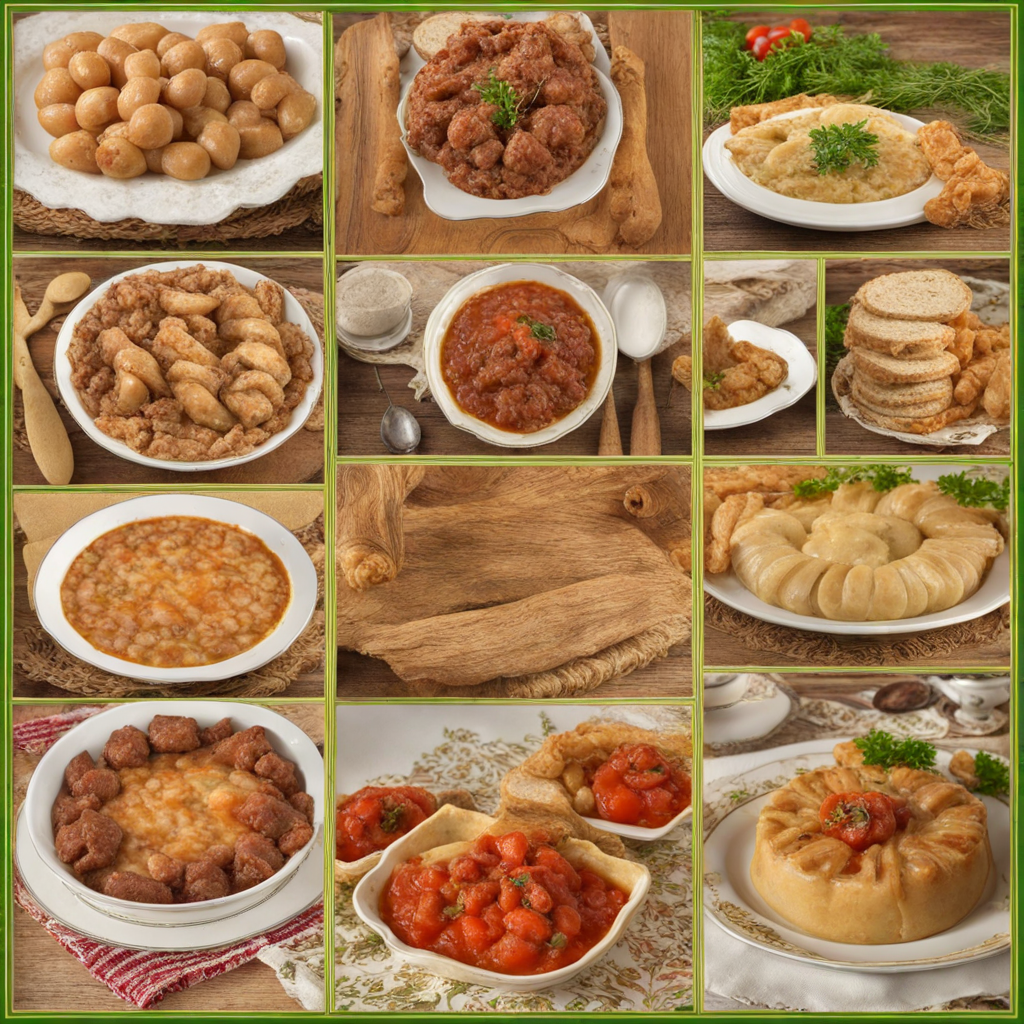Burek
Burek is a traditional Serbian pastry that embodies the heart of Balkan cuisine, characterized by its flaky, golden-brown layers of dough filled with a variety of savory ingredients. The dough, known as yufka, is expertly rolled out to an almost translucent thinness, creating a delicate texture that contrasts beautifully with the rich fillings. While the most common filling is minced meat, often seasoned with onions and spices, variations abound, featuring ingredients such as cheese, spinach, or potatoes, making each bite a delightful surprise. The preparation of burek is an art form in itself, as the dough is typically hand-stretched to achieve its signature texture. Each pastry is rolled into spirals or layered in a circular shape, then baked until it achieves a crispy exterior while maintaining a soft, flavorful interior. The experience of eating burek is enhanced by the aromatic scent that wafts through the air as it bakes, drawing people in with its irresistible allure. Whether served as a snack, appetizer, or main dish, burek is often accompanied by a dollop of yogurt or a side of fresh salad, adding a refreshing contrast to its rich flavors. In Serbia, burek is more than just a meal; it’s a cultural staple that brings people together. Found in bakeries and homes across the country, it’s a dish that evokes nostalgia and comfort, often enjoyed during gatherings or celebrations. The communal aspect of sharing a warm tray of freshly baked burek fosters a sense of togetherness, and its flavors tell a story of tradition and heritage. For those seeking to explore new culinary horizons, indulging in a slice of Serbian burek offers a delicious entry point into the vibrant world of Balkan flavors.
How It Became This Dish
The History of Бурек: A Culinary Journey Through Time and Culture #### Origins The story of Бурек (burek) is a rich tapestry woven through the complex history of the Balkans, marked by migrations, conquests, and cultural exchanges. This savory pastry, characterized by its flaky layers and savory fillings, is believed to have originated in the Ottoman Empire, where it was known as "börek." The word itself is derived from the Turkish verb "bükmek," meaning "to twist" or "to wrap," which aptly describes the pastry's method of preparation. While the exact timeline of its inception is uncertain, it is widely accepted that börek was brought to the Balkans by the Ottomans in the 15th century. As they expanded their empire, they introduced various culinary traditions, and the Balkan region embraced them, adapting the recipe to local tastes and ingredients. The Serbian version of burek, with its unique flavor profile and preparation methods, began to emerge during this period. #### Cultural Significance In Serbia, burek is not just a dish; it is a cultural icon that embodies national identity and tradition. It is a staple in Serbian cuisine, often served in bakeries, restaurants, and homes alike. The dish carries a sense of nostalgia and familial heritage, often associated with gatherings and celebrations. A traditional Serbian meal might include a serving of burek alongside yogurt or a fresh salad, showcasing the balance of flavors that characterizes Serbian cuisine. Burek transcends mere sustenance; it is a symbol of community and hospitality. Offering a guest a slice of burek is a gesture of warmth and welcome. The act of sharing food is deeply ingrained in Serbian culture, and burek, with its comforting layers and hearty fillings, plays a central role in this tradition. #### Variations and Development As burek spread throughout the Balkans, it evolved into various regional variations, each with unique characteristics. In Serbia, it is commonly filled with minced meat, typically beef or lamb, often seasoned with onions, spices, and sometimes cheese. However, vegetarian versions filled with spinach and cheese or potatoes are also popular, reflecting the region's agricultural bounty. In the northern part of Serbia, particularly in Vojvodina, you might find burek with a thicker crust and a more substantial filling, often served with a side of sour cream. In contrast, Sarajevo, the capital of Bosnia and Herzegovina, is famous for its own style of burek, which is made with a thinner pastry and is often referred to simply as "burek," without any qualifier. This variation is typically filled with minced meat and is baked in a circular shape, creating a beautiful presentation. The introduction of new cooking techniques and ingredients over the centuries has also influenced the evolution of burek. The modern interpretation of burek often incorporates different types of dough, such as phyllo, which allows for a lighter, flakier texture. Additionally, contemporary chefs have begun experimenting with fillings, introducing ingredients like pumpkin, mushrooms, and various cheeses, thus expanding the traditional boundaries of this cherished dish. #### Burek in Contemporary Serbia In the 21st century, burek continues to hold a significant place in Serbian gastronomy. The rise of global culinary trends has led to a renewed interest in traditional dishes, and burek has found its way into the hearts of both locals and tourists. Street food culture has also embraced burek, with food stalls and kiosks offering quick and delicious versions of the pastry, making it a popular on-the-go meal. Moreover, the globalization of food culture has allowed burek to gain international recognition. Serbian restaurants around the world have introduced this beloved dish to diverse audiences, showcasing its authenticity and rich flavors. Burek has become a symbol of Serbian culinary heritage, often featured in food festivals and cultural events, where it serves not only as nourishment but also as a means of cultural exchange. #### The Art of Making Burek The preparation of burek is an art form in itself, often passed down through generations. Traditionally, making burek involves a labor-intensive process that includes creating the dough from scratch, allowing it to rest, and then carefully rolling it out into thin sheets. The filling is prepared separately, and once combined, the dough is layered and shaped into spirals or coils before baking to a golden perfection. In many Serbian households, the making of burek is a communal activity, bringing family members together to share stories and laughter. It is not uncommon for families to have their own secret recipes or techniques that have been cherished and refined over time. This sense of heritage and shared experience adds a profound depth to the enjoyment of burek, transforming it from mere food into a cherished memory. #### Conclusion The history of burek in Serbia is a testament to the region's rich culinary heritage, shaped by centuries of cultural exchange, adaptation, and innovation. From its Ottoman roots to its status as a beloved national dish, burek embodies the essence of Serbian identity, bringing people together through shared meals and traditions. As it continues to evolve in contemporary society, burek remains a symbol of warmth, hospitality, and the enduring power of food to connect us across generations and cultures. Whether enjoyed in a bustling bakery, at a family gathering, or on a global stage, burek is more than just a dish—it is a celebration of life and community.
You may like
Discover local flavors from Serbia







